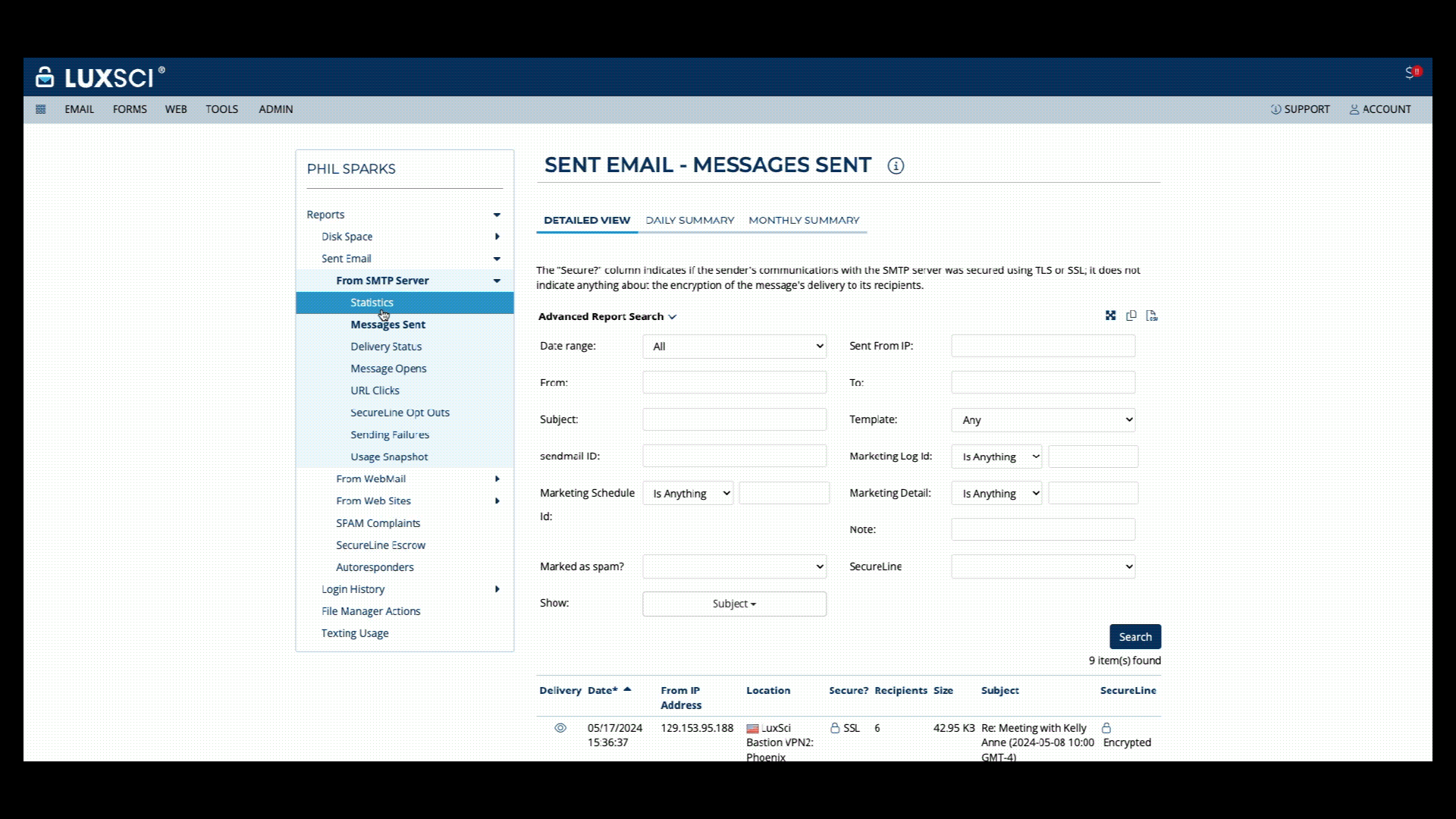HIPAA compliant marketing automation uses software platforms to deliver personalized healthcare communications while protecting protected health information through automated consent management, secure data processing, and privacy controls. These systems enable healthcare organizations to scale patient engagement activities, trigger communications based on clinical events, and measure campaign effectiveness while maintaining compliance with federal privacy and security regulations. Healthcare organizations increasingly need scalable communication strategies that can deliver personalized messages to large patient populations without overwhelming staff resources. Marketing automation provides these capabilities while requiring specialized compliance features that standard commercial platforms cannot offer.
Automated Consent and Authorization Management
Permission tracking systems automatically verify patient authorization status before sending marketing communications, preventing violations by checking consent databases in real-time. These systems must update immediately when patients revoke authorization to ensure that subsequent communications do not violate consent preferences. Dynamic consent processing allows patients to specify preferences for different types of marketing communications while maintaining HIPAA compliant marketing automation of these choices. Patients might authorize wellness newsletters while declining promotional messages about elective procedures, requiring sophisticated preference management. Renewal automation helps healthcare organizations maintain current patient authorizations by sending renewal requests at appropriate intervals and processing responses automatically. These systems reduce administrative burden while ensuring that marketing communications continue to have valid patient consent.
Trigger-Based Communication Workflows
HIPAA compliant marketing automation for clinicial events enables healthcare organizations to send relevant communications based on patient care activities such as appointment scheduling, test result availability, or treatment milestones. These workflows must respect authorization requirements while providing timely patient engagement. Care coordination triggers automatically generate communications that support patient treatment plans including medication reminders, follow-up appointment notifications, and educational materials relevant to specific conditions. These communications often qualify as healthcare operations rather than marketing activities. Administrative workflows trigger communications about billing, insurance changes, or policy updates that affect patient relationships. Healthcare organizations aim to evaluate whether these communications require marketing authorization or fall under permitted healthcare operations activities.
Data Integration and Security Controls
Electronic health record connectivity enables HIPAA compliant marketing automation platforms to access clinical data for personalization while maintaining strict access controls and audit capabilities. These integrations must comply with minimum necessary standards and maintain comprehensive activity logs. Patient portal integration allows marketing automation systems to coordinate with other patient engagement tools while maintaining consistent security standards and user experience. These integrations help create seamless patient communication strategies across multiple touchpoints. Database segmentation protects patient privacy by limiting marketing automation access to only the data needed for specific campaigns while preventing broader PHI exposure. Role-based controls ensure that automated systems cannot access information beyond their authorized scope.
Personalization While Protecting Privacy
Dynamic content insertion allows HIPAA compliant marketing systems to customize communications using patient-specific information without exposing PHI to marketing personnel. These systems can personalize messages during delivery while keeping sensitive data separate from campaign development processes. Algorithmic targeting uses automated analysis to identify appropriate patient segments for specific communications while maintaining de-identification standards. These algorithms can execute sophisticated targeting strategies without revealing individual patient characteristics to human operators. Template-based personalization allows healthcare organizations to create standardized communication formats that incorporate patient-specific information automatically. Templates of this nature ensure compliance while enabling efficient campaign development and consistent messaging.
Compliance Automation and Risk Reduction
Automated audit trails capture detailed records of all marketing automation activities including campaign triggers, message delivery, patient interactions, and consent verification. These trails provide evidence of compliance efforts while supporting potential investigations or regulatory reviews. Policy enforcement automation prevents marketing communications that violate organizational policies or patient consent preferences through real-time validation of campaign parameters. These systems can block inappropriate communications before they are sent to patients. Breach detection automation monitors marketing systems for unauthorized access, unusual activity patterns, or potential security incidents involving PHI. Automated alerts allow healthcare organizations to respond quickly to potential compliance violations or security threats.
Performance Analytics and Reporting
Aggregate engagement metrics provide insights into marketing automation effectiveness without exposing individual patient response patterns. Healthcare organizations can track overall campaign performance while maintaining patient privacy through statistical reporting methods. Compliance dashboards help healthcare organizations monitor their marketing automation activities for potential violations including authorization rates, consent management effectiveness, and security incident frequency. These dashboards provide early warning indicators for compliance issues. Return on investment calculations enable healthcare organizations to evaluate marketing automation program value while maintaining appropriate data privacy protections. Financial analysis can demonstrate program benefits without requiring access to individual patient information.
Vendor Selection and Platform Management
Business associate evaluation processes help healthcare organizations select marketing vendors that can meet HIPAA compliant marketing automation requirements, and provide appropriate security capabilities. These evaluations should include security assessments, compliance audits, and contract negotiations. Platform configuration management ensures that marketing automation systems are properly configured to maintain HIPAA compliance throughout their operational lifecycle. Configuration controls should prevent unauthorized changes that could compromise security or compliance. Update and maintenance procedures ensure that marketing automation platforms receive appropriate security updates while maintaining compliance capabilities. Healthcare organizations must coordinate with vendors to ensure that system changes do not compromise PHI protection.
Integration with Healthcare Operations
Care team coordination enables marketing automation systems to support clinical workflows while maintaining appropriate boundaries between marketing activities and patient care. These integrations help ensure that automated communications enhance rather than interfere with healthcare delivery. Quality improvement integration allows marketing automation data to support healthcare quality initiatives while maintaining patient privacy protections. Aggregate communication effectiveness data can inform care improvement strategies without exposing individual patient information. Revenue cycle coordination helps healthcare organizations align marketing automation activities with billing, collections, and financial management processes. These integrations can improve patient financial experience while maintaining compliance with both marketing and billing regulations.












